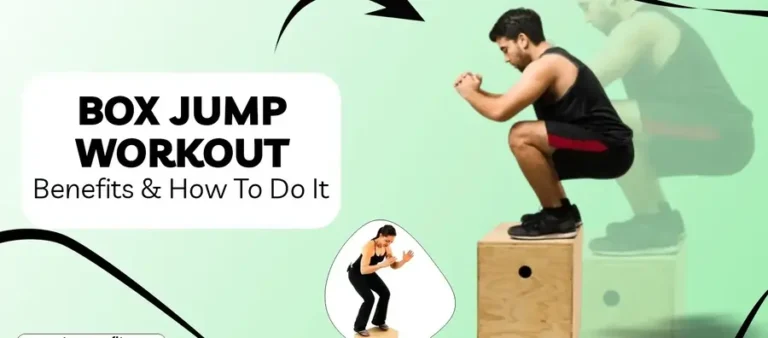Goblet Squat
The goblet squat is an excellent full-body workout that improves cardiovascular health and muscular growth, especially in the legs, core, and glutes. Exercisers of all skill levels can utilize the activity as a good warm-up for a lower body workout or as a means of advancing to a barbell weighted front squat.
Table of Contents
What Is a Goblet Squat?
A goblet squat is a type of squat where you hold a weight—like a kettlebell or dumbbell—close to your chest while performing the movement. Your lower body muscles (hamstrings, calves, glutes, and quadriceps), as well as your core and upper body muscles, are the focus of this simple workout. The term comes from the weight being carried in front of the chest, much like a goblet.
Muscles Worked In Goblet Squats
Engaging a certain muscle type is the primary goal of every exercise in a kettlebell or dumbbell workout. It’s the same with a goblet squat. When performing goblet squats, the glutes and quadriceps are two of the primary muscles used.
Your core will stabilize the trunk as long as you keep the weight at chest height. In addition, your lats and upper back muscles contribute to the proper placement of the dumbbell or kettlebell.
How to Do Goblet Squats
To begin a goblet squat, all you need is a kettlebell or dumbbell and enough space to stand and move comfortably, with your feet positioned about hip-to-shoulder-width apart.
- Place your bottoms so that they’re hip-width apart, with your toes angled slightly outward.
- Hold a kettlebell at your chest with both hands, one on each side of the handles, holding the handles like you would a goblet. The goblet should be at the exact middle of your chest when you bend your elbows.
- Use a lighter kettlebell to gain a feel for the action during the warm-up. After that, advance to a larger weight for the whole set.
- Keep your spine in a neutral position and your eyes facing forward by tightening your core throughout the squat. Start the motion by shifting your hips back and slowly bending your knees. As you lower yourself, inhale deeply.
- Concentrate on maintaining a tall chest as you continue to drive your hips back and lower yourself.
- When squatting, make sure your weight stays properly distributed between your feet or is a little more weighted toward your heels. Avoid visiting on your toes.
- At the bottom of the squat, ensure correct posture by positioning your elbows inside your knees. By doing this, you can make sure that when you enter the deep squat posture, your knees and toes stay in line.
- To rise back to the starting position, drive through your heels and reverse the movement. To completely activate your glutes at the peak of the squat, exhale as you rise and thrust your hips forward.
- After finishing a full set, properly rack the kettlebell. Avoid dumping weights from a height.

Goblet Squat Video
Variation In Performing Goblet Squats
- Traditional squats
- Goblet sumo squat
- Pistol squats
Traditional squats:
- When standing upright, keep your feet shoulder-width apart.
- Stand tall with your chest lifted and your back in proper alignment.
- Look forward and engage your core.
- Bend your knees and push your hips back as though you were seated in a chair.
- Lower the height till your thighs are parallel to the floor or as low as feels comfortable.
- Don’t bend inward; instead, keep your knees in alignment with your toes.
- Push through your heels to come back up to a standing position.
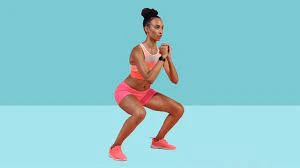
Goblet sumo squat:
- Use both hands to grip a dumbbell or kettlebell at your chest while maintaining a bent elbow position.
- Point your toes slightly outward and spread your feet wider than shoulder-width apart.
- Use your core, maintain an erect posture, and keep your back straight.
- Maintaining a constant weight at your chest, lower yourself until your thighs are either parallel to or slightly below the floor.
- Returning to your starting position requires pressing through your heels.

Pistol squats:
- While standing on one leg, straighten out the second leg. Reach your arms forward to help stabilize yourself. Maintain an upright chest and engage your core muscles.
- Slowly lower your body by bending the knee of your supporting leg, keeping the extended leg straight and off the ground.
- Ideally, you should lower yourself as much as possible until your glutes almost contact your heel.
- You can return to a standing position by pressing through your heel.
- Repeat with the other leg.

Benefits Of Performing Goblet Squats
You run the danger of suffering a lower back injury, even though standard back squats have benefits, including strengthening your back.
The goblet squat reduces strain on the body while still effectively working the primary muscles involved—the quadriceps and glutes.
In addition, the activity is terrific for people of all fitness levels.
Here are some additional benefits of the goblet squat:
- Easier for beginners
- A more comfortable position
- It strengthens your glutes
- It activates your core
- Reduces the risk of injury
Easier for beginners: Beginners frequently find the goblet squat easier than the back squat. This is due to the fact that the action is more natural and resembles numerous everyday tasks, such as lifting a heavy object off the ground.
A more comfortable stance: The goblet squat is often easier than a traditional back squat due to its natural movement pattern, which promotes an upright torso, engaged core, and outward leg positioning.
It strengthens your glutes:
- The weight is carried at chest level in this exercise, which distinguishes it from other squat variations.
- Its ability to support weight is also a significant advantage. In basic terms, it causes a change in the center of gravity, which results in a lower depth option.
- The weight makes it simple to go lower. As your range of motion increases, your glutes get more stretched. Consequently, your glutes become more powerful.
It activates your core: It takes a lot of effort from your core to keep your spine neutral when you lift weights above your waist. The spine deviates somewhat from its optimum position in the absence of that. Squatting with kettlebells activates and strengthens your core muscles.
Reduces the risk of injury:
- A common worry among those who have never attempted the goblet squat workout is that they can hurt their back when doing the dumbbell goblet squat. However, there are relatively few chances of picking up a lot of weight because of the goblet squat pose’s activities.
- You are more likely to self-limit the weight when you hold the kettlebell at chest height. By doing this, your chance of suffering an injury from excess weight is immediately reduced.
Common Mistakes While Performing Goblet Squat
- Leaning Forward From the Waist
- Rising On Your Toes
- Knees Caving Inward As You Squat
- Not Utilizing the Full Squat
Your body is too far away from the weight:
- Keep the kettlebell firmly near your body and push against your chest when performing a goblet squat. To avoid feeling like you’re using your biceps to hold the kettlebell in place, make sure it’s close to you and that your elbows are fully bent.
- Keep the kettlebell farther away from your body if possible. In order to prevent your chest and shoulders from leaning forward during the squat, which would throw you off balance, you must engage your biceps, forearms, and even the front portion of your shoulders more.
- In addition to making it more difficult to maintain correct posture, this will also restrict the amount of weight you may use for the exercise.
- For continued improvement, make sure your arms aren’t performing the majority of the effort to keep the kettlebell in place because your legs can carry and maintain far greater resistance than your biceps and forearms.
Leaning Forward From the Waist:
- It’s a typical error to squat by leaning or tilting forward from the waist. When doing the goblet squat, this puts your spine’s neutral alignment at risk and increases the likelihood that you may lose your balance or raise on your toes during the descent. This is due to the fact that the kettlebell’s weight will probably drag you forward more.
- Stand where you can view your side profile in the mirror to help prevent leaning forward. Before beginning your squat, roll your shoulders back and pull your shoulder blades towards your spine. To begin the squat, contract your core muscles and observe yourself in the mirror while you push your hips back.
- Even though you might not be able to squat as deeply, that’s okay. It’s essential to correct this forward lean if you want to gradually see more noticeable gains in form, range of motion, and resistance level.
Rising On Your Toes:
- If you’re struggling with form—such as holding the weight too far from your body or leaning forward—you might find yourself rising onto your toes during the squat.
- It is more likely that placing weight on your toes will cause you to lose your balance, damage your knees, and hinder your ability to gradually increase resistance.
- While kneeling, keep your body straight and your chest up to maintain an upright posture. You should be able to move your toes a little as you squat. This will assist you in remembering to maintain your center of gravity farther back on your feet and over your heels rather than more forward.
Knees Caving Inward As You Squat:
- One major advantage of the goblet squat is that it helps correct knee valgus, a frequent issue in which the knees collapse inward while squatting. You’re teaching yourself to maintain your knees in good alignment with your toes by attempting to get your elbows to hit the inside of your knees at the bottom of the squat, as previously said.
- If nothing else, it serves as a tangible reminder to check for this common issue at the lowest point of the squat before you rise up again. It’s among the most effective methods for correcting knee valgus, since that’s where the problem commonly occurs.
- Your knee caps should line up with your second toe for the whole exercise as you squat down. Pull your knees slightly outward by using your hips and glutes if they appear to be tilted slightly inward.
Not Utilizing the Full Squat:
- Because the action’s deepest portion is frequently the most difficult, it might be tempting to cease the movement before reaching the position’s entire bottom, whether on purpose or not. If you don’t completely engage in the squat, you won’t be able to work your whole range of motion and gain the full advantages of this exercise.
- Rather, concentrate on lowering yourself all the way down until your elbows contact the inside of your knees. Make sure to come back to a completely upright stance afterward.
Safety And Precautions
- The goblet squat is generally regarded as a safe and efficient squat variant for beginners that may assist you in recognizing and fixing typical squatting errors.
- Individuals who experience back or knee pain during squats are likely to feel the same discomfort when performing a goblet squat.
- To test if you can complete the exercise pain-free, consider first restricting your range of motion if you have back or knee pain.
- Increase the depth of your range of motion gradually as your strength develops. Stop the movement immediately if you feel any shooting or intense pain.
Summary
The goblet squat is a full-body, beginner-friendly strength training exercise that works the legs, glutes, core, and upper back. Compared to back squats, this exercise, which is done by holding a dumbbell or kettlebell like a goblet near your chest, increases muscular strength, posture, and mobility while lowering your chance of injury.
FAQ’s
Squats are a form of bodyweight exercise that strengthens your gluteal, calf, and quadriceps muscles. When you perform goblet squats, you must hold a weight, which works your pectorals, triceps, and biceps. It also fortifies your core and spine. muscular glutes.
To do a goblet squat, hold a dumbbell or kettlebell at chest height with a tight grip. This is one of the primary ways that a goblet squat differs from a regular squat. The goblet squat gets its name because it seems as though you are holding a goblet as you go up and down.
The goblet squat strengthens the postural muscles in the upper back to balance the weight forward. Although they may engage the quadriceps, glutes, and hamstrings in various ways and to varying degrees, other squat variations will likewise primarily target these muscle groups.
A great workout for a leg day, the goblet squat helps you lose belly fat by strengthening your core.
References:
- Davis, N. (2022, June 28). How to do a goblet squat the right way. Healthline. https://www.healthline.com/health/fitness-exercise/dumbbell-goblet-squat
- Ascm-Cep, L. W. M. (2024, May 20). How to do a goblet squat. Verywell Fit. https://www.verywellfit.com/how-to-goblet-squat-4589695
- Fit, C. (2022d, August 24). How to do Goblet Squat: Benefits, Variations & Muscles Worked. blog.cult.fit. https://blog.cult.fit/articles/goblet-squat-how-to-do-it-muscles-worked-benefits-variations
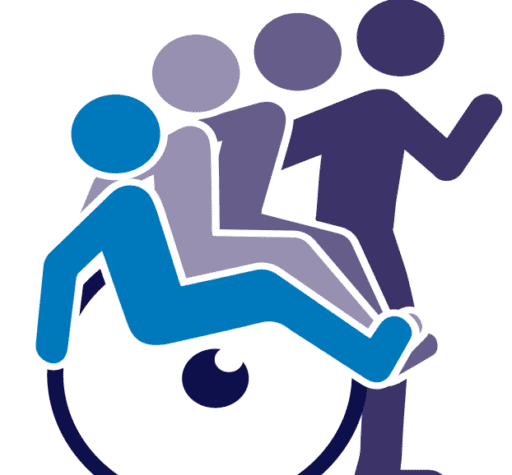


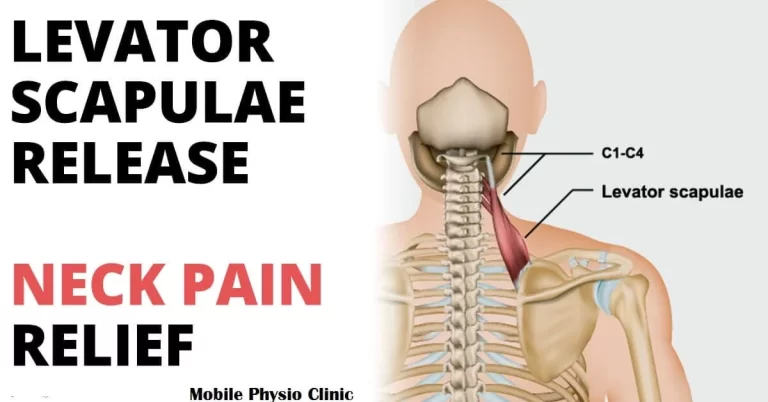
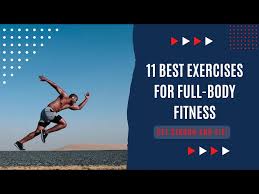
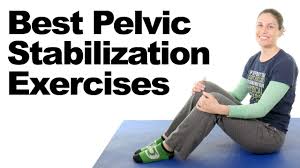
![Downward Facing Dog Pose[Adho Mukha Svanasana]](https://mobilephysiotherapyclinic.net/wp-content/uploads/2023/12/Downward-Facing-Dog-PoseAdho-Mukha-Svanasana.webp)
